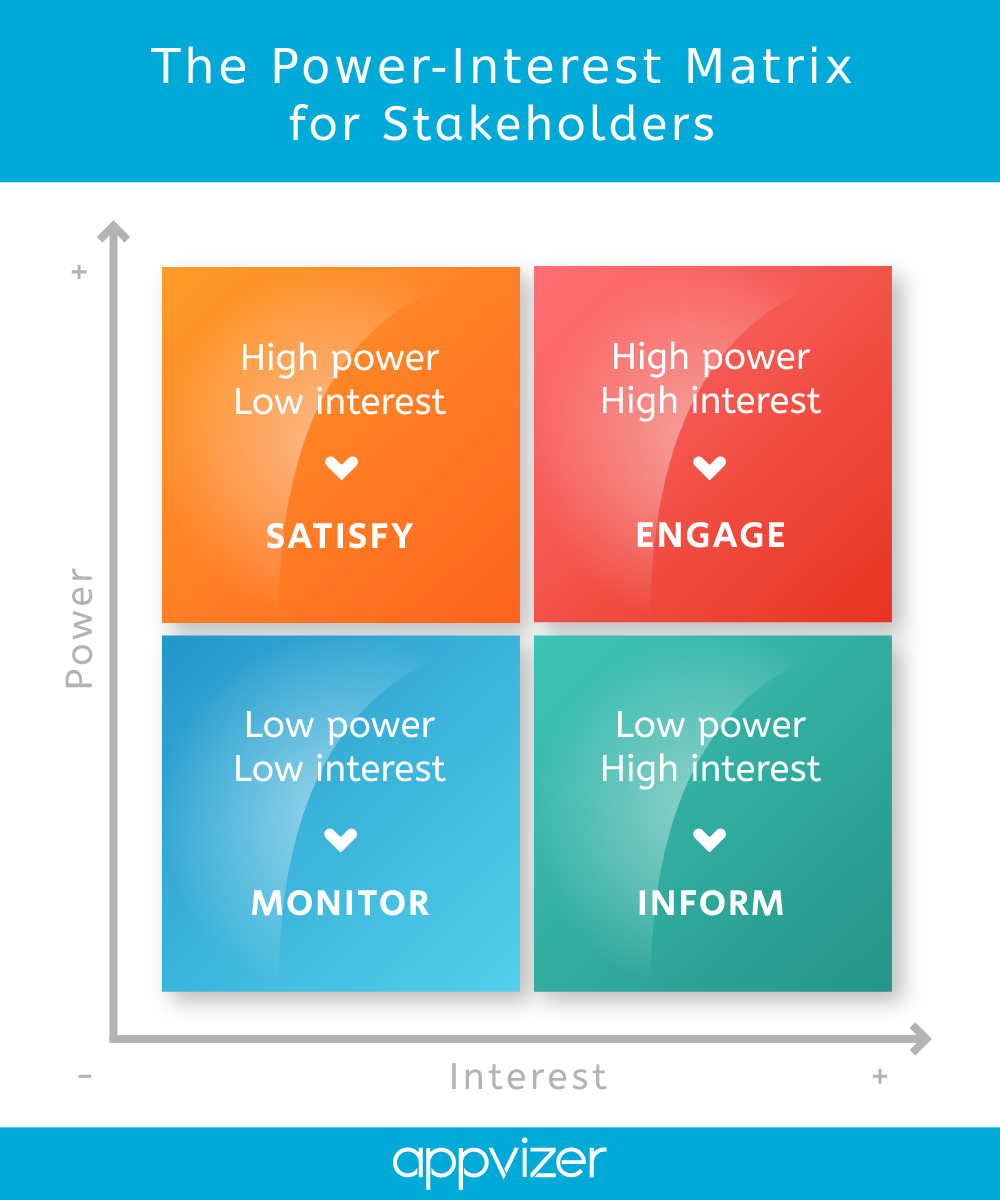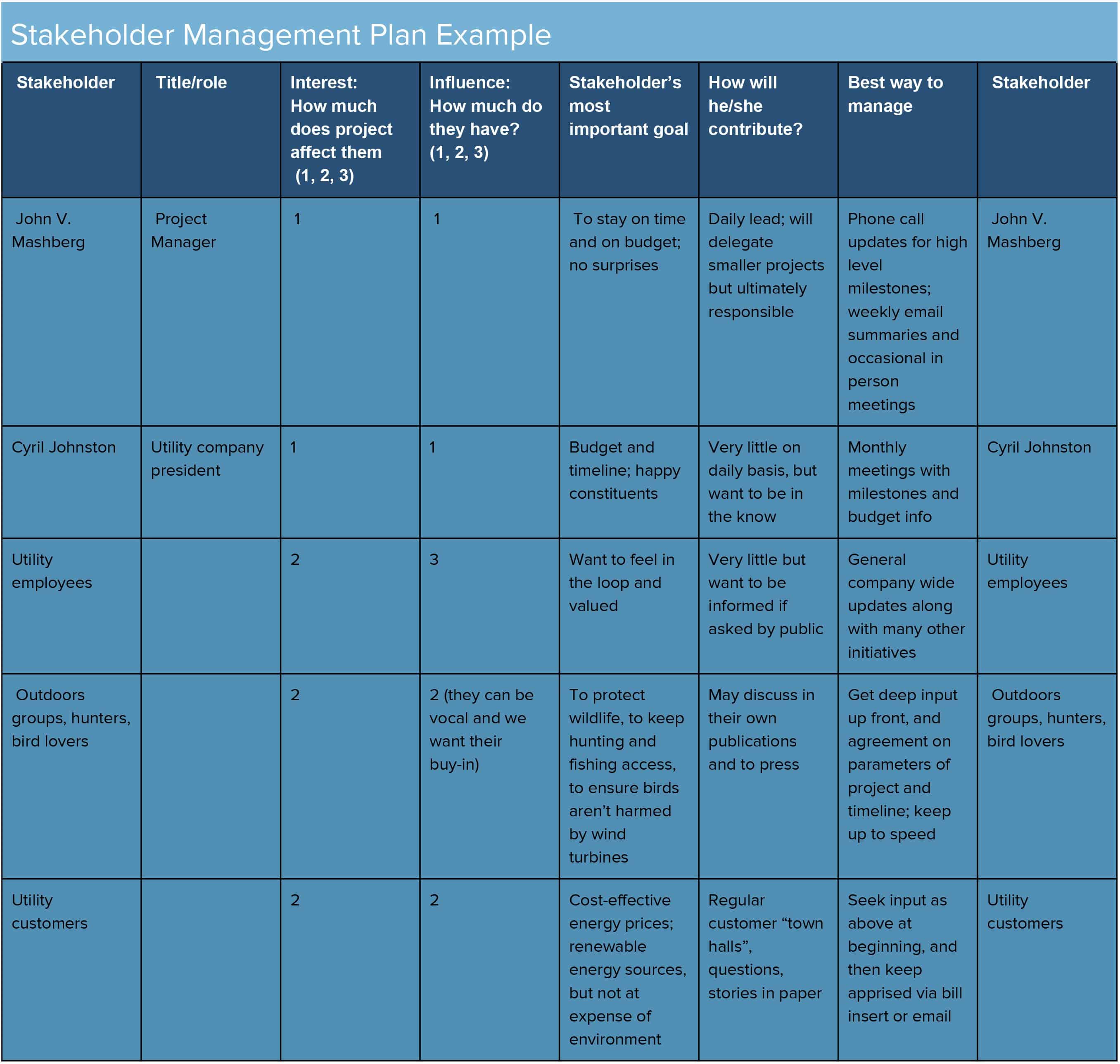In-House Reputation Management And Stakeholder Engagement
In today’s digital age, reputation is everything. A single negative review or social media post can damage your business’s reputation and cost you customers. That’s why it’s important to have a solid in-house reputation management and stakeholder engagement strategy.
If you’re not actively managing your reputation, you’re leaving your business open to risk. Negative reviews, complaints, and other forms of negative publicity can quickly spread online and damage your reputation.
In-house reputation management and stakeholder engagement can help you to protect your business’s reputation and build relationships with key stakeholders.
In-house reputation management and stakeholder engagement is the process of managing your company’s reputation and engaging with stakeholders to build relationships and trust.
In-House Reputation Management And Stakeholder Engagement

The Importance of Stakeholder Analysis in Project Management | RefineM – Source refinem.com
I remember a time when I was working for a small business, and we had a customer who was very unhappy with our product. He left a negative review online, and it quickly went viral. We were flooded with negative comments and emails, and our sales plummeted.
We didn’t know what to do. We tried to contact the customer and apologize, but he wouldn’t respond. We tried to remove the negative review, but it was too late. The damage had been done.
That’s when we realized that we needed to do a better job of managing our reputation. We hired a reputation management firm, and they helped us to develop a strategy to protect our reputation and build relationships with key stakeholders.
In-House Reputation Management And Stakeholder Engagement

Stakeholder Maps Templates – Source templates.rjuuc.edu.np
In-house reputation management and stakeholder engagement is a complex and challenging field, but it is essential for any business that wants to succeed in today’s digital age.
By following the tips and advice in this article, you can develop a strong in-house reputation management and stakeholder engagement strategy that will help you to protect your reputation and build relationships with key stakeholders.
In-House Reputation Management And Stakeholder Engagement

Building a Strong Online Reputation for Logistics Companies in Singapore – Source mediaonemarketing.com.sg
The history of in-house reputation management and stakeholder engagement is closely tied to the rise of the internet and social media.
In the early days of the internet, businesses had little control over their online reputation. Anyone could post anything about a business, and it would be difficult for the business to respond.
However, as social media became more popular, businesses began to realize that they needed to take control of their online reputation.
In-House Reputation Management And Stakeholder Engagement

How to Create a Stakeholder Engagement Plan in 5 Steps | Appvizer – Source www.appvizer.co.uk
There are many hidden secrets to in-house reputation management and stakeholder engagement.
One of the most important secrets is to be authentic.
Stakeholders want to know that they are dealing with a real person, not a corporate robot.
In-House Reputation Management And Stakeholder Engagement

Stakeholder Identification Matrix – Source mavink.com
I recommend that you start by developing a reputation management plan.
This plan should include a list of your key stakeholders, your goals for reputation management, and your strategies for achieving those goals.
Once you have a plan in place, you can start to implement it.
In-House Reputation Management And Stakeholder Engagement

How Online Reputation Management Can Save Your Business | O360® – Source o360.com
In-house reputation management and stakeholder engagement is not a one-size-fits-all approach.
The best approach for your business will depend on your specific needs and goals.
However, there are some general tips that can help you to get started.
In-House Reputation Management And Stakeholder Engagement

UX Stakeholder Engagement 101 – Source www.nngroup.com
Here are a few tips for in-house reputation management and stakeholder engagement:
- Be proactive. Don’t wait for a crisis to happen before you start managing your reputation.
- Be authentic. Stakeholders want to know that they are dealing with a real person, not a corporate robot.
- Be responsive. When stakeholders reach out to you, respond promptly and professionally.
- Be transparent. Don’t try to hide negative information. Be honest and upfront with stakeholders about any challenges or issues that your business is facing.
- Be consistent. Make sure that your messaging is consistent across all channels.
In-House Reputation Management And Stakeholder Engagement

Stakeholder engagement in the ESG process – BDO Australia – Source www.bdo.com.au
In-house reputation management and stakeholder engagement is a complex and challenging field, but it is essential for any business that wants to succeed in today’s digital age.
By following the tips and advice in this article, you can develop a strong in-house reputation management and stakeholder engagement strategy that will help you to protect your reputation and build relationships with key stakeholders.
Fun Facts of In-House Reputation Management And Stakeholder Engagement

Stakeholder Management – Kiroyan Partners – Source www.kiroyan-partners.com
Here are a few fun facts about in-house reputation management and stakeholder engagement:
- The first reputation management firm was founded in 1995.
- The global reputation management market is expected to reach $10.5 billion by 2025.
- 82% of consumers say that they trust a company’s reputation more than its advertising.
How to In-House Reputation Management And Stakeholder Engagement

Stakeholder Mapping Example Stakeholder Mapping Stakeholder Management – Source www.aiophotoz.com
Here are a few steps on how to in-house reputation management and stakeholder engagement:
- Develop a reputation management plan.
- Identify your key stakeholders.
- Set goals for reputation management.
- Develop strategies for achieving your goals.
- Implement your plan.
- Monitor your results.
- Make adjustments as needed.
What if In-House Reputation Management And Stakeholder Engagement
Here are a few things that can happen if you don’t have a strong in-house reputation management and stakeholder engagement strategy:
- Your reputation could be damaged by negative reviews, complaints, and other forms of negative publicity.
- You could lose customers and clients.
- Your sales could decline.
- Your stock price could fall.
- You could face legal challenges.
Listicle of In-House Reputation Management And Stakeholder Engagement
Here is a listicle of in-house reputation management and stakeholder engagement:
- Develop a reputation management plan.
- Identify your key stakeholders.
- Set goals for reputation management.
- Develop strategies for achieving your goals.
- Implement your plan.
- Monitor your results.
- Make adjustments as needed.
Question and Answer
Q: What is in-house reputation management and stakeholder engagement?
A: In-house reputation management and stakeholder engagement is the process of managing your company’s reputation and engaging with stakeholders to build relationships and trust.
Q: Why is in-house reputation management and stakeholder engagement important?
A: In-house reputation management and stakeholder engagement is important because it can help you to protect your reputation, build relationships with key stakeholders, and improve your bottom line.
Q: How can I develop a strong in-house reputation management and stakeholder engagement strategy?
A: To develop a strong in-house reputation management and stakeholder engagement strategy, you should start by developing a reputation management plan. This plan should include a list of your key stakeholders, your goals for reputation management, and your strategies for achieving those goals.
Q: What are some common mistakes to avoid when implementing an in-house reputation management and stakeholder engagement strategy?
A: Some common mistakes to avoid when implementing an in-house reputation management and stakeholder engagement strategy include being reactive instead of proactive, not being authentic, not being responsive, not being transparent, and not being consistent.
Conclusion of In-House Reputation Management And Stakeholder Engagement
In conclusion, in-house reputation management and stakeholder engagement is essential for any business that wants to succeed in today’s digital age.
By following the tips and advice in this article, you can develop a strong in-house reputation management and stakeholder engagement strategy that will help you to protect your reputation, build relationships with key stakeholders,





